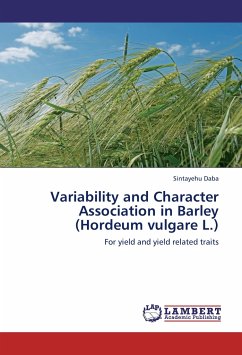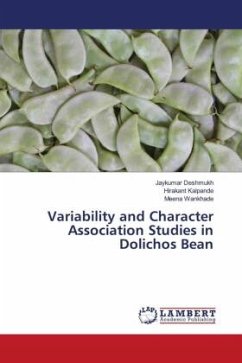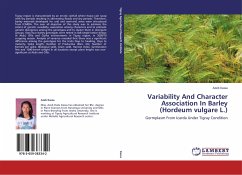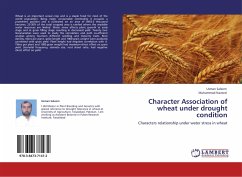On the basis of the performance the accessions NVST 6, NVST 43, NVST 27, NVST 26 and Sugandhum found promising in rhizome yield. The high GCV and PCV were observed for weight of secondary rhizome per plant, weight of mother rhizome per plant, weight of primary rhizome per plant, dry rhizome yield per plant and initial weight of rhizome. The high heritability combined with high genetic advance as per cent of mean was observed for days to maturity and wet rhizome yield per plant indicated that selection may be effective for this character. The characters like weight of mother rhizomes per plant, weight of primary rhizomes per plant and weight of secondary rhizomes per plant showed significant positive correlation with wet rhizome yield per plant at both genotypic and phenotypic levels whereas leaf width and number of primary rhizome per plant had positive and significant correlation at genotypic level indicating that these three traits were main yield attributing traits. The path analysis indicated that weight of secondary rhizomes, weight of mother rhizomes, number of leaves per plant and plant height had maximum direct effect on rhizome yield.
Bitte wählen Sie Ihr Anliegen aus.
Rechnungen
Retourenschein anfordern
Bestellstatus
Storno








